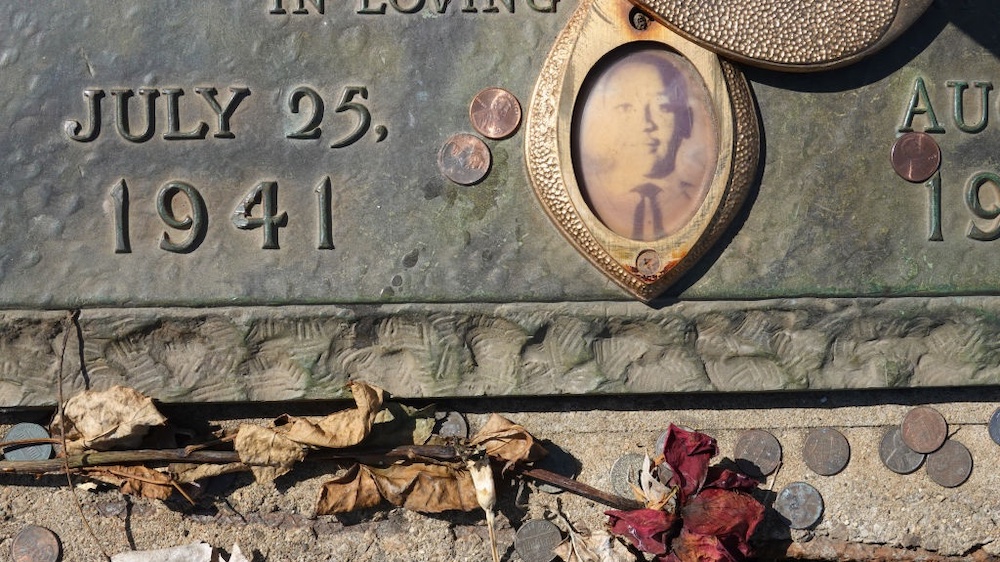If you’re interested in sharing your opinion on any cultural, political or personal topic, create an account here and check out our how-to post to learn more.
Opinions are the writer’s own and not those of Blavity's.
____
On the South Side of Chicago, neighbors, community leaders and city officials gathered at the boyhood home of Emmett Till, a dilapidated building only recently recognized by the city as a historic monument. Emmett was a child of 14 when he went to Mississippi to visit relatives in 1955. He was tortured and killed by white men who said he had flirted with a white woman. His mother, Mamie Till-Mobley, insisted on an open casket so the world could see what white supremacists had done to her son. In lifting up her son’s terrible story, she helped spur the Civil Rights movement. July 25, 2021 — the day of our event — would have been Emmett's 80th birthday.
We at Blacks in Green — an environmental community economic development nonprofit that has bought the run-down building — are restoring the house, upcycling it to play a pivotal role in the neighborhood’s next chapter. With the community, we are transforming the Till-Mobley home into the centerpiece of a heritage tourism initiative designed to rejuvenate West Woodlawn, which was considered the first Black middle-class neighborhood in Chicago. In addition to telling the story of Emmett and his mother, the site will celebrate the six million African Americans — including Mamie and her parents — who left the Jim Crow South, moved north and used their courage, creativity, labor and love to build up Chicago and other great cities.
Responding to oppression and violence with brave mass movements that change the world: It’s a pattern that echoes throughout African American history, from the Great Migration to the Civil Rights era, to the unprecedented protests and talk of racial reckoning that followed George Floyd’s murder in Minneapolis last year. As we celebrated the Till-Mobley home’s new Chicago landmark plaque, visited with neighbors and told our families’ stories, we also celebrated that resilience.
So much has changed since 1955, but too much has not. Over the last 16 months, the movement for Black lives, the COVID-19 pandemic and the worsening climate crisis have all laid bare the inequities inherent in American life. Black Americans still make less money than white Americans, and have much less wealth set aside to help launch the next generation. We suffer disproportionately from illnesses exacerbated by pollution from dirty energy sources and a warming planet. We suffer disproportionately at the hands of police and the courts.
The people closest to systemic problems — from racism to economic disinvestment to environmental injustice — best understand the need for systemic solutions. Lately, we’ve heard a growing chorus of voices for equity, and those voices are welcome. But words alone are not enough. They must be matched by investment in our communities. And the people running the repair effort must be members of those communities.
The neighborhood I grew up in — like the neighborhood Emmett Till grew up in — was served by locally-owned Black businesses we could walk to, and we walked to school and church, as well. Our neighbors owned their homes, knew each other by name and, like Mamie Till-Mobley, sent their children back South to spend summers with relatives. My grandmother had been a sharecropper’s wife; now living in the city, she was elegant in clothing she made for herself. My mother was a master gardener. We composted before composting was cool, and so did our neighbors. Some of us were richer and some poorer, but our Black neighborhood was strong and self-reliant.
Inspired by strong city neighborhoods like the one Emmett Till and I grew up in, Black in Green works to develop green, self-sustaining, mixed-income walkable villages in communities owned and lived in by African Americans. That’s our vision for West Woodlawn, with the Till-Mobley home at its heart. As we celebrate Great Migration families like my own and Emmett Till’s, we walk in the steps of people who voted with their feet, seeking freedom, economic opportunity and a better life.
____
Naomi Davis is the founder and president of Blacks In Green, which serves as a bridge and catalyst among communities and their stakeholders in the design and development of green, self-sustaining, mixed-income, walkable villages in communities owned and populated by African Americans.
